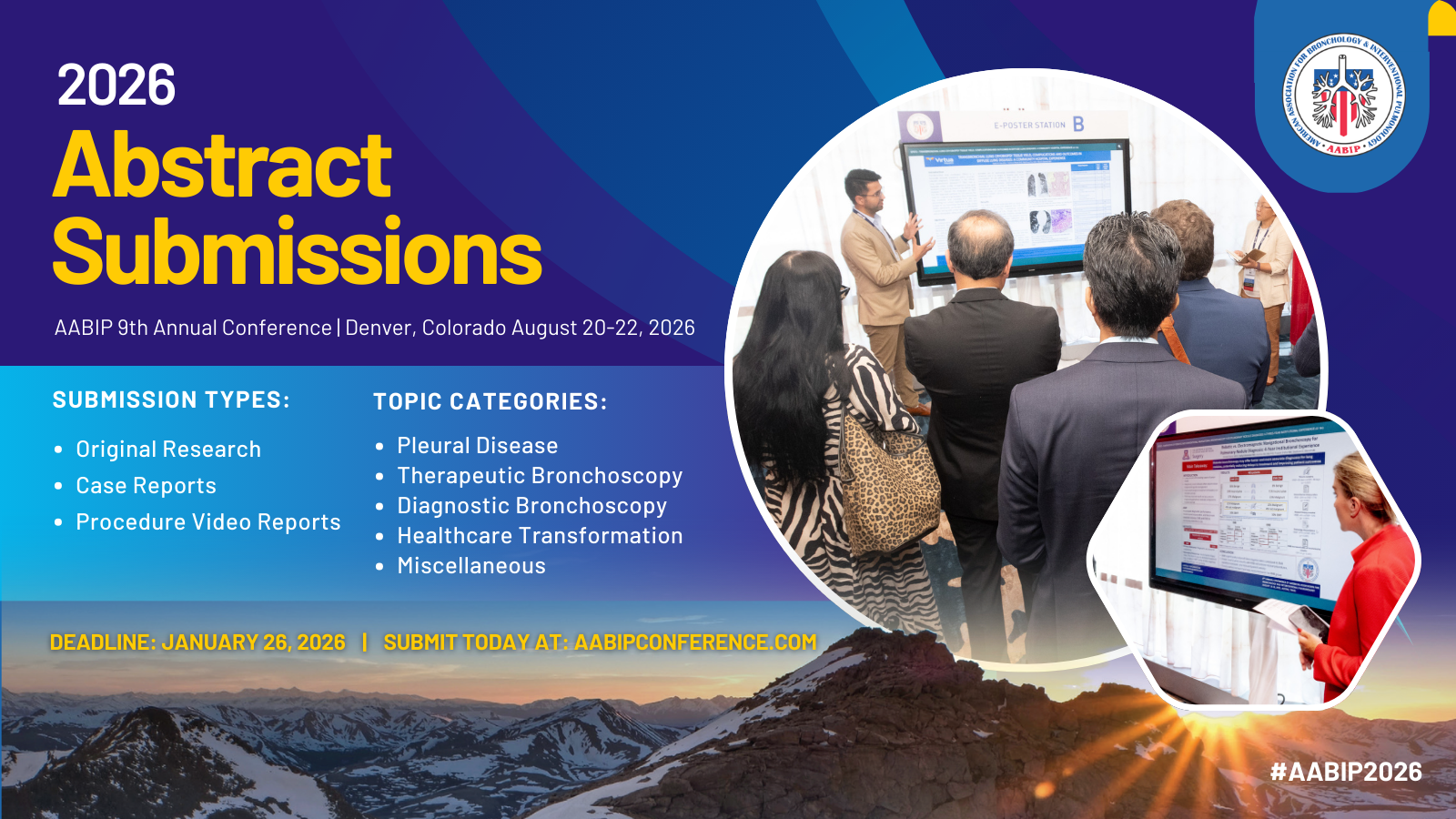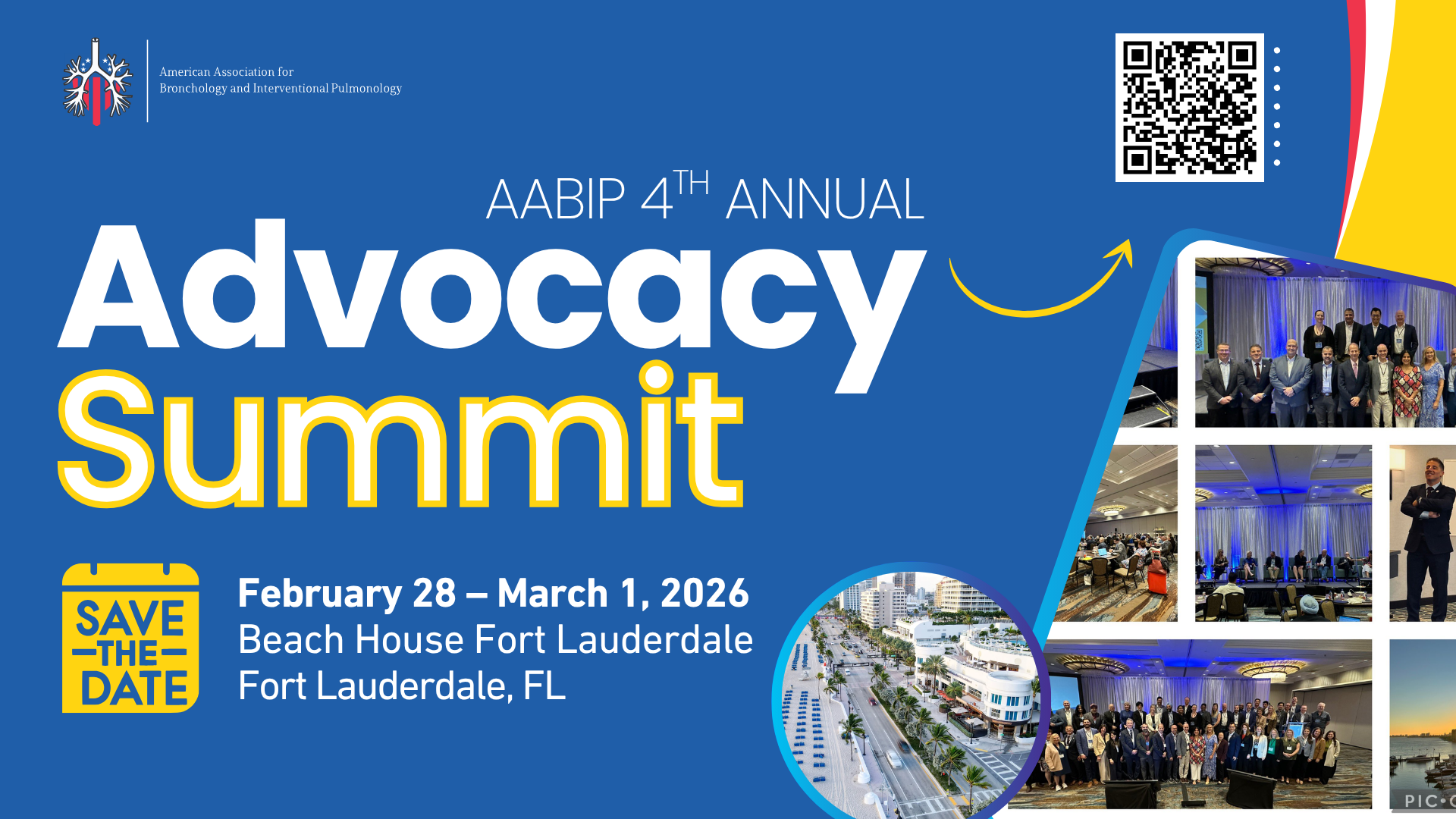AABIP IP Fellow Reading ListINTERVENTIONAL PULMONOLOGY EMERGENCIES AND MANAGEMENTPotentially fatal arrhythmia complicating endobronchial epinephrine for control of iatrogenic bleeding https://pubmed.ncbi.nlm.nih.gov/22550217/ Case Report Reference: Steinfort DP, Herth FJF, Eberhardt R, Irving LB. Potentially fatal arrhythmia complicating endobronchial epinephrine for control of iatrogenic bleeding. Am J Respir Crit Care Med. 2012;185(9):1028-1030. Background: This describes 2 cases of life-threatening complications following the use endobronchial epinephrine. PICO:
Take home: The authors advise caution with endobronchial use of epinephrine given the uncertain contribution of epinephrine to control of bleeding, the low risk of major adverse outcome secondary to iatrogenic bleeding, and the potential for fatal cardiac events after endobronchially administered epinephrine. Endobronchial epinephrine: confusion is in the air https://pubmed.ncbi.nlm.nih.gov/23675717/ Review Reference: Khoo KL, Lee P, Mehta AC. Endobronchial epinephrine: confusion is in the air. Am J Respir Crit Care Med. 2013;187(10):1137-1138. Summary: This is a response to the case report by Steinfort and colleagues and provides a review of the various recommended doses and dilutions for endobronchial epinephrine in the literature. Moreover, they discuss how different volumes of diluents can produce different pharmacokinetics and pharmacodynamics despite administration of the same dose, illustrating the unpredictable effects of epinephrine in the airways. They conclude by describing the Cleveland Clinic practice at the time, and submit their own recommendations, although admittedly, not based on controlled trials. Take home: There is no clear consensus on the correct dose of epinephrine. The authors recommend it be avoided in certain patient populations and only used when continuous heart rate and blood pressure monitoring is available. Managing massive hemoptysis https://pubmed.ncbi.nlm.nih.gov/31374211/ Review Reference: Davidson K, Shojaee S. Managing massive hemoptysis. Chest. 2020;157(1):77-88. Summary: This article describes the management of massive hemoptysis. It discusses epidemiology, procedural preparedness and prevention, pathophysiology, and a management algorithm that emphasizes a multidisciplinary approach. This includes a discussion of the diagnostic workup and various modalities for stabilization and management of massive hemoptysis including flexible and rigid bronchoscopy techniques, bronchial artery embolization, and surgery. Additionally, it provides a review of the relevant literature for the topics discussed. Inhaled tranexamic acid for hemoptysis treatment: a randomized controlled trial https://pubmed.ncbi.nlm.nih.gov/30321510/ Clinical Trial Reference: Wand O, Guber E, Guber A, Epstein Shochet G, Israeli-Shani L, Shitrit D. Inhaled tranexamic acid for hemoptysis treatment: a randomized controlled trial. Chest. 2018;154(6):1379-1384. Background: TXA is an antifibrinolytic drug used to control bleeding. Prior to this study, there were no prospective studies that examined the effectiveness of inhaled TXA for the treatment of hemoptysis. PICO:
Take home: TXA inhalation can be safely used to effectively control bleeding in patients with non-massive hemoptysis. Tranexamic acid vs adrenaline for controlling iatrogenic bleeding during flexible bronchoscopy: a double-masked randomized controlled trial https://pubmed.ncbi.nlm.nih.gov/36273651/ Clinical Trial Reference: Badovinac S, Glodić G, Sabol I, et al. Tranexamic acid vs adrenaline for controlling iatrogenic bleeding during flexible bronchoscopy: a double-masked randomized controlled trial. Chest. Published online October 21, 2022:S0012-3692(22)04004-1. Background: There is increasing evidence to support use of TXA for controlling bleeding bronchoscopically, but there are few high quality studies. This was a cluster randomized trial to TXA or epinephrine if iced saline failed to control bleeding. PICO:
Take Home: TXA works as well as epinephrine in many bronchoscopic settings with fewer side effects. Utilizing TXA as a second line agent after iced saline and before epinephrine may be reasonable. Management of life-threatening hemoptysis in the ICU https://pubmed.ncbi.nlm.nih.gov/34527355/ Review Reference: Charya AV, Holden VK, Pickering EM. Management of life-threatening hemoptysis in the ICU. J Thorac Dis. 2021;13(8):5139-5158. Summary: This review discusses life-threatening hemoptysis in the ICU. In addition to a discussion on the diagnostic workup and management, this review includes a more detailed discussion of commonly encountered etiologies of massive hemoptysis. Similar to other reviews, it concludes with a discussion of the importance of a multidisciplinary and standardized approach. Approach to hemoptysis in the modern era https://pubmed.ncbi.nlm.nih.gov/29430203/ Review Reference: Gagnon S, Quigley N, Dutau H, Delage A, Fortin M. Approach to hemoptysis in the modern era. Can Respir J. 2017;2017:1565030. Summary: This review is unique compared to others on massive hemoptysis in its focus on treatment and discussion of less commonly employed interventions such as bronchoscopy-guided topical hemostatics, endobronchial biocompatible glue, endobronchial stents, endobronchial embolization of silicone spigots, fibrinogen-thrombin injection, laser photocoagulation, argon plasma photocoagulation, and endobronchial valves. Novel bronchoscopic management of airway bleeding with absorbable gelatin and thrombin slurry https://pubmed.ncbi.nlm.nih.gov/29351111/ Case Series Reference: Peralta AR, Chawla M, Lee RP. Novel bronchoscopic management of airway bleeding with absorbable gelatin and thrombin slurry. J Bronchology Interv Pulmonol. 2018;25(3):204-211. Background: Airway bleeding is associated significant morbidity and mortality. Multiple techniques are available to achieve hemostasis or bridge to definitive therapies. PICO:
Take home: Bronchoscopic instillation of GTS is feasible and can be used in cases of spontaneous or procedure-related bleeding in addition to conventional measures. Foreign body aspiration https://pubmed.ncbi.nlm.nih.gov/34527356/ Review Reference: Bajaj D, Sachdeva A, Deepak D. Foreign body aspiration. J Thorac Dis. 2021;13(8):5159-5175. Summary: This review discusses the etiologies, clinical manifestations, and various therapeutic approaches to the management of foreign body aspiration including forceps, balloon catheters, baskets, cryoprobe, and lasers. It also discusses recommendations for post-removal follow-up. Emphasis is placed on the importance of a multidisciplinary approach. Foreign body inhalation in the adult population: experience of 25,998 bronchoscopies and systematic review of the literature https://pubmed.ncbi.nlm.nih.gov/25969517/
Systematic Review Reference: Sehgal IS, Dhooria S, Ram B, et al. Foreign body inhalation in the adult population: experience of 25,998 bronchoscopies and systematic review of the literature. Respir Care. 2015;60(10):1438-1448.
Background: This case series describes the author’s experience with removal of aspirated foreign bodies using flexible bronchoscopy.
PICO:
Take home: Flexible bronchoscopy has a high success rate for removal of inhaled foreign bodies. Tracheal stent buckling and in-stent stenosis: a proposed airway management algorithm for airway obstruction for patients with tracheal stents https://pubmed.ncbi.nlm.nih.gov/35227577/ Case Report Reference: Weinberg L, Graham J, Meyerov J, et al. Tracheal stent buckling and in-stent stenosis: a proposed airway management algorithm for airway obstruction for patients with tracheal stents. J Cardiothorac Vasc Anesth. Published online January 23, 2022:S1053-0770(22)00058-1. Summary: A 57-year-old male presenting with acute respiratory failure with history of tracheal stenosis and tracheomalacia status post multiple interventions and stent placements. Patient developed acute respiratory arrest and subsequent attempts at intubation were challenging due to a protruding strut from a tracheal stent and in-stent stenosis. There are currently no official guidelines for airway management of patients with tracheobronchial stents. Following the case description, the authors discuss the management of airway obstruction from a tracheal stent strut protrusion and in-stent stenosis and outline an airway management algorithm for patients with tracheal stents presenting with airway obstruction. Complications of cricothyroidotomy versus tracheostomy in emergency surgical airway management: a systematic review https://pubmed.ncbi.nlm.nih.gov/32854626/ Review Reference: Zasso FB, You-Ten KE, Ryu M, Losyeva K, Tanwani J, Siddiqui N. Complications of cricothyroidotomy versus tracheostomy in emergency surgical airway management: a systematic review. BMC Anesthesiol. 2020;20(1):216. Summary: In situations where airway oxygen cannot be delivered via tracheal intubation, supraglottic airway, or face-mask ventilation, airway guidelines recommend an emergency surgical airway. A surgical airway can be achieved by either cricothyroidotomy or tracheostomy. However, there is currently limited data in the literature on management of complications when these procedures are performed. This systematic review analyzes complications following emergent cricothyroidotomy and tracheostomy. A total of 21 articles were included in the review and found no difference in minor (evolving to spontaneous remission or not requiring intervention or not persisting chronically) or major (requiring intervention or persisting chronically) early (<7 days post-procedure) complications between both techniques. However, late (>7 days post-procedure) complications were more frequent in the tracheostomy group. The authors conclude that these findings support current recommendations that cricothyroidotomy should be the technique of choice for emergency surgical airways and that they should be converted to tracheostomies for long term management. Occupational adverse effects and protective factors in bronchoscopy https://pubmed.ncbi.nlm.nih.gov/31179110/ Review Reference: Chen K, Bai C. Occupational adverse effects and protective factors in bronchoscopy. J Thorac Dis. 2019;11(4):1651-1661. Summary: The occupational adverse effects experienced by healthcare workers in interventional pulmonology deserves more attention. This review discusses many of the potential adverse occupational exposures experienced by workers in IP such as radiation exposure, smoke inhalation, laser radiation, microbiological aerosolization, and cryogenic gas. They call for greater vigilance and standardization to minimize occupational exposure risks in IP. Operating room fires https://pubmed.ncbi.nlm.nih.gov/30664060/ Review Reference: Jones TS, Black IH, Robinson TN, Jones EL. Operating room fires. Anesthesiology. 2019;130(3):492-501.
Summary: This article is a general review of operating room fires and principles of management. This includes airway fires, but is primarily focused on fires in general Coping with airway emergencies: Get, Set, Go! https://pubmed.ncbi.nlm.nih.gov/33162597/ Review Reference: Raveendra US, Gupta A, Biswas S, Gupta N. Coping with airway emergencies: Get, Set, Go! Indian J Anaesth. 2020;64(Suppl 3):S168-S174. Summary: This article reviews general airway emergencies and provides approaches to manage them. Managing massive hemoptysis https://pubmed.ncbi.nlm.nih.gov/31374211/ Review Reference: Davidson K, Shojaee S. Managing massive hemoptysis. Chest. 2020;157(1):77-88. Summary: This article is a comprehensive and thorough review for approaches to diagnosing and managing hemoptysis. |








